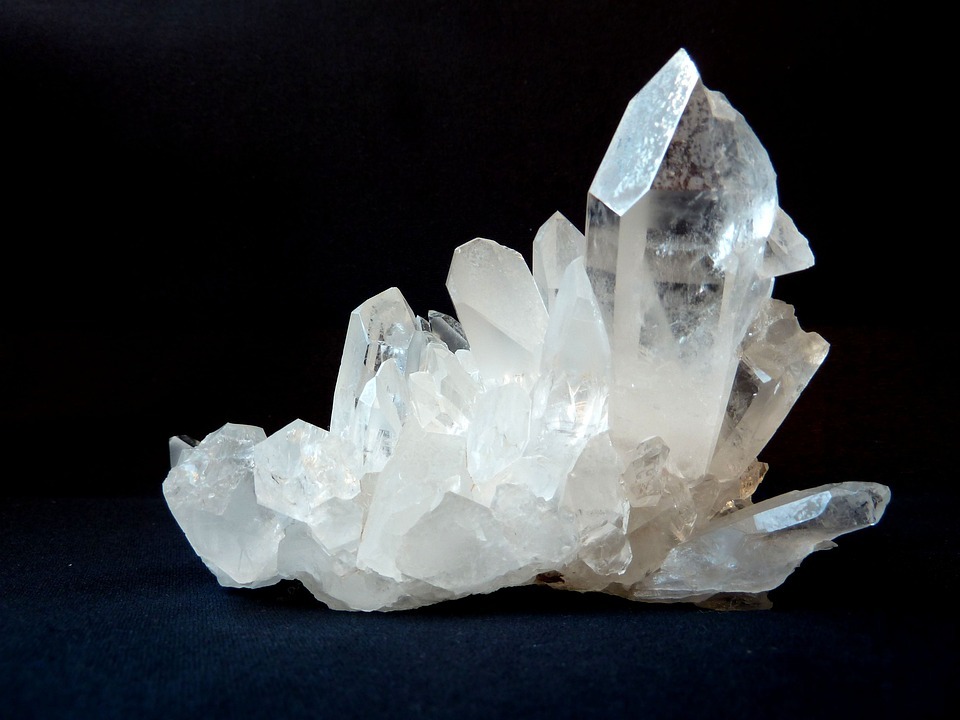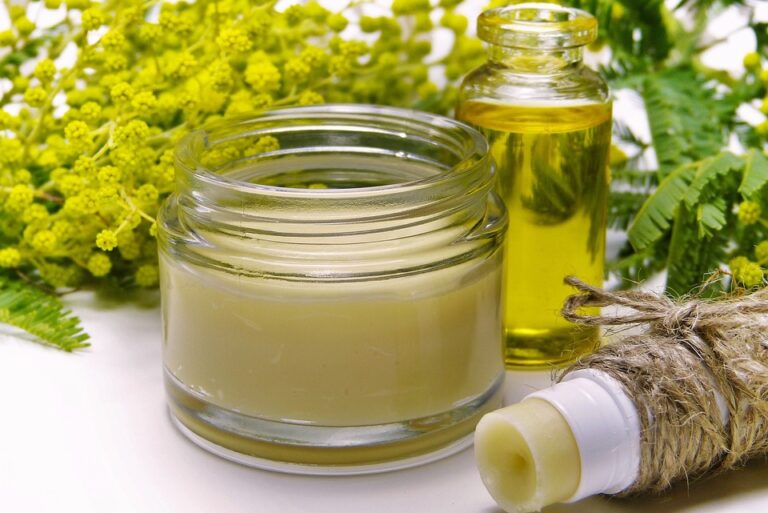Title: Regrowth and Rebellion: The Unseen Battle Against Nail Fungus After Nail Removal
Nail fungus is a formidable foe. Invisible to the naked eye, this intruder stubbornly invades, takes root, and multiplies under our fingernails and toenails. While it’s known for being notoriously tough to cure, there’s one drastic solution many sufferers consider – full nail removal. But what happens next? This article delves into the unseen battle waged after the removal – the struggle for regrowth and the rebellion against recurring nail fungus.
Nail fungus, or Onychomycosis, is a common condition that begins as a white or yellow spot under the tip of your fingernail or toenail. As the fungal infection deepens, it can cause your nail to thicken, discolor, and crumble at the edge. It can affect several nails at once, but usually not all of them.
Often, oral antifungal drugs, medicated nail polish, or medicated nail creams are the first line of defence. But for severe or recurring infections, these treatments may not be successful, and your doctor may suggest nail removal to prevent the spread of the infection.
However, the battle is often far from over after the nail removal. The period of nail regrowth offers a chance for the pesky fungus to attack again. Therefore, the effective management of fungal infection post-nail removal becomes paramount.
Here are five tips to help you navigate the unseen skirmish against nail fungus after nail removal:
1. Maintain Good Hygiene
• Keep your hands and feet clean and dry. Fungi love warm, moist environments, so deprive them of their happy place.
• Wear clean socks and ensure to change them daily.
• In public places like gyms and swimming pools, where fungi thrive, wear flip flops or waterproof sandals.
2. Use Antifungal Products
• Apply antifungal creams and powders as a preventive measure.
• Even your nail tools aren’t safe – ensure they are disinfected regularly to prevent reinfection.
3. Wear Breathable Footwear
• Tight shoes create a breeding ground for fungus by trapping moisture.
• Choose shoes made from breathable materials such as leather or canvas.
4. Follow a Nourishing Diet
• Research suggests that diets rich in iron, biotin, and vitamins can help nails regenerate faster.
• Include leafy greens, lean meats, seeds, nuts, legumes, bananas, and whole grains in your diet.
5. Monitor Your Progress
• Bodily changes communicate a lot. Note your recovery rate and observe any signs of reinfection.
• At the first sign of infection, consult with your healthcare provider.
Success in this unseen battle relies heavily on patience and persistence. Nail regrowth after removal is a slow process, possibly taking as long as a year for a toenail. During this time, maintaining consistent hygienic practices, an anti-fungal regimen, and a nourishing diet will critically determine your victory over the rebellion of the relentless nail fungus.
Remember, consistency is the key to winning any battle, especially the unseen one against nail fungus after nail removal. As you champion the regrowth and quash the rebellion, the triumphant reappearance of a healthy, unmarred nail will be your badge of victory in this battle. But even as we celebrate this achievement, let’s keep the lessons learnt close – offer hygienic sanctuaries to our nails, always be vigilant for symptoms of reinfection, and never underestimate the power of a small, determined adversary like nail fungus.







